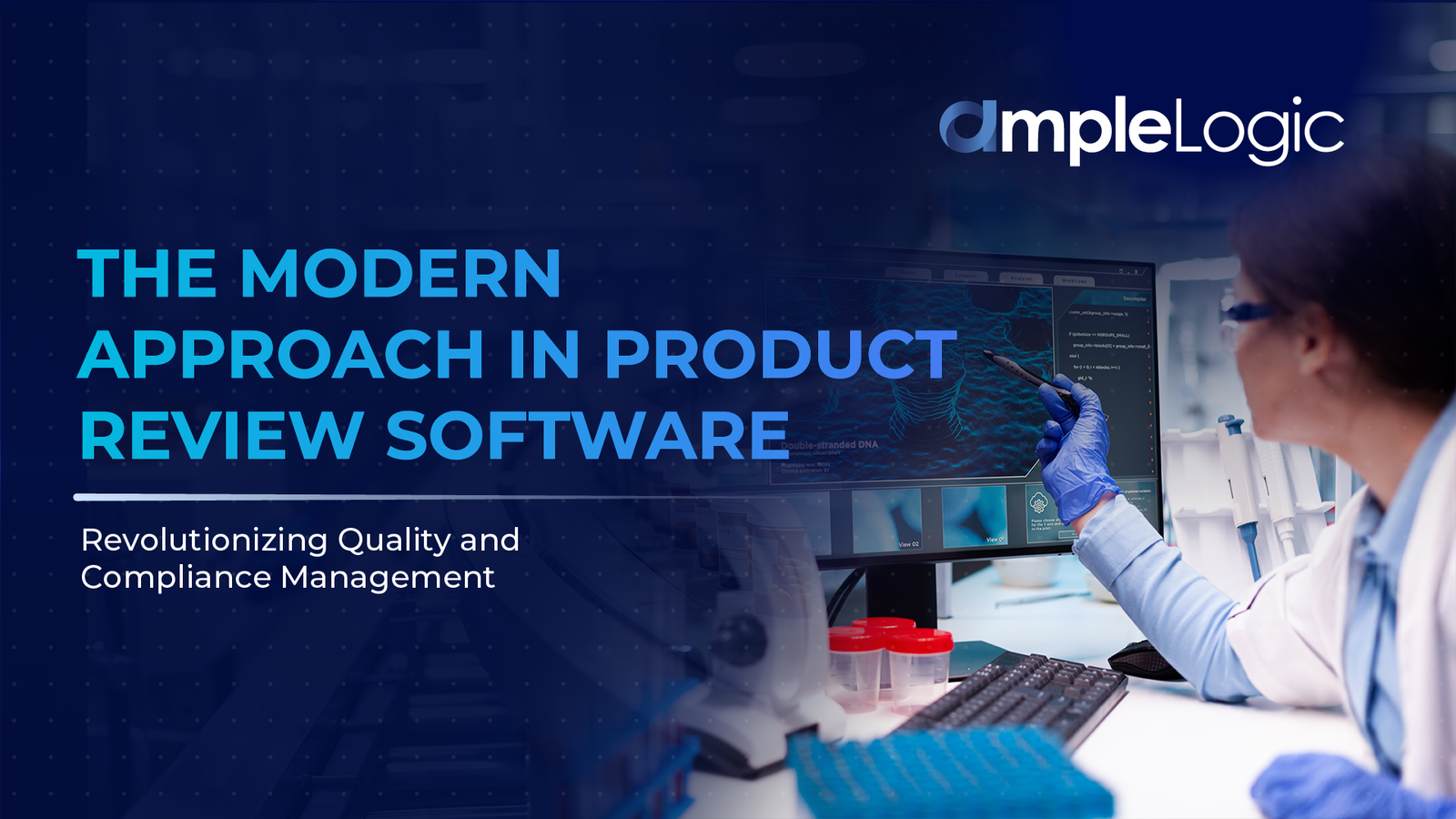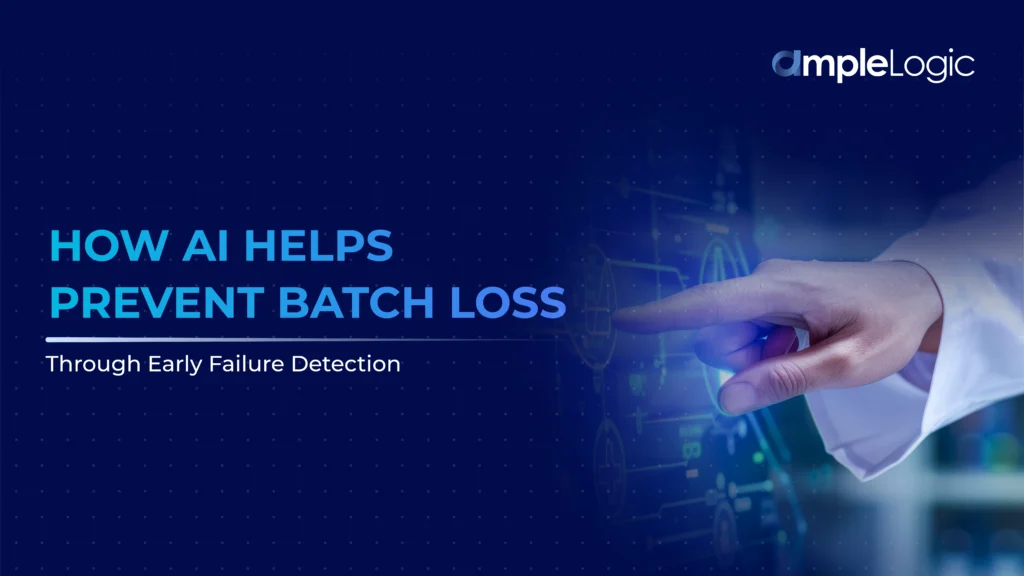The Modern Approach in Product Review Software: Revolutionizing Quality and Compliance Management

In today’s fast-paced and highly regulated industries, Product Review software has become an indispensable tool. Evolving from basic tracking systems to sophisticated, integrated platforms, these solutions reflect the growing complexity of product lifecycle management. This article explores modern approaches, highlighting advancements that enhance quality, efficiency, and regulatory compliance.
Evolution of the Software
Initially, Product Review processes were manual, involving extensive paperwork and susceptible to human errors. Early software solutions aimed to digitize these processes, providing fundamental features to monitor product performance and manage reviews. However, today’s Product Review software surpasses these rudimentary systems.
Modern software incorporates advanced technologies like artificial intelligence (AI), machine learning (ML), big data analytics, and cloud computing. These innovations enable more sophisticated data analysis, predictive modelling, and real-time monitoring, transforming how companies manage product quality and compliance.
Key Features of Modern Product Review
Artificial Intelligence and Machine Learning
Modern Product Review software uses AI and ML algorithms to predict potential quality issues and compliance risks from historical data and patterns. Moreover, employing state-of-the-art technologies enables the automation of processes within Product Review Software. This includes the implementation of an automatic alert system, which notifies relevant stakeholders based on predetermined thresholds or rules, allowing proactive measures to maintain high standards and prevent recalls. Additionally, leveraging AI capabilities facilitates system-generated statistical recommendations and conclusions. The software can autonomously analyze vast amounts of data to provide actionable insights, empowering informed decisions and driving continuous improvement in product quality and manufacturing processes.
Big Data Integration
Integrating big data with Product Review software enables the aggregation and analysis of vast amounts of data from diverse sources, offering deeper insights into product performance. This integration allows continuous data streaming and real-time analytics, facilitating the instant detection of anomalies and rapid response to potential problems. By combining these capabilities, companies can enhance their understanding of product issues, optimize performance, and swiftly address any emerging concerns, ensuring consistently high-quality standards.
Cloud-Based Solutions
Cloud-based platforms provide scalable solutions that can grow with a business, managing increasing data volumes and user access seamlessly. These platforms also offer the flexibility needed to adapt to changing business requirements, ensuring efficient data handling and user management. Additionally, their remote accessibility allows global teams to access and collaborate on Product Review processes from anywhere, enhancing coordination and expediting decision-making. Utilizing cloud-based solutions also safeguards sensitive data and ensuring compliance with regulatory standards. This combination of scalability, flexibility, remote accessibility along with robust security measures ensures that companies can efficiently manage their software and maintain high standards irrespective of their scale or geographic distribution.
Regulatory Compliance Management
Modern Product Review software automates the creation and management of compliance documents, ensuring they are always current and easily accessible. This automation streamlines the documentation process, reducing manual errors and saving time. Additionally, the software continuously updates regulatory requirements, ensuring it always aligns with the latest standards. This dynamic updating minimizes the risk of non-compliance, keeping companies abreast of regulatory changes and reducing the likelihood of costly violations. Combining automated documentation with real-time regulatory updates ensures comprehensive, up-to-date compliance management.
User-Centric Design
Modern Product Review software is designed with intuitive, user-friendly interfaces that simplify complex processes, making adoption and effective use easier for teams. Additionally, customizable dashboards provide personalized views of the most relevant data and metrics, enhancing productivity and decision-making by allowing users to focus on what matters most to their roles and responsibilities. This combination of ease-of-use and tailored data access ensures that all team members can efficiently navigate the software and leverage its features to drive better outcomes.
Benefits of Modern Product Review

Proactive Quality Control and Continuous Improvement
By leveraging latest technologies for continuous analysis of product performance, companies can detect potential quality issues promptly and strategize for pre-emptive corrective measures, resulting in enhanced product quality and increased customer satisfaction and loyalty.
Improved Regulatory Compliance
Automated compliance management systems significantly ensure strict adherence to regulatory standards, minimizing penalties, and reducing the risk of product recalls. Moreover, modern software streamlines audits by maintaining updated documentation, saving time, enhancing accuracy, and minimizing disruptions to operations.
Increased Operational Efficiency
Automation of repetitive tasks significantly contributes to faster time-to-market for products. Streamlined processes and access to real-time insights further accelerate decision-making processes, ultimately reducing the overall time required to introduce new products to the market.
Data-Driven Decision Making
Advanced analytics offer actionable insights, informing strategic decisions and enabling companies to anticipate market trends and competitor actions effectively. Moreover, predictive modeling identifies potential risks and vulnerabilities, empowering companies to take proactive measures for risk mitigation.
Better Customer Insights
Analyzing customer feedback and behavior not only helps companies better understand their needs and preferences, leading to more customer-centric products but also facilitates addressing issues promptly and improving product quality based on customer insights, resulting in higher satisfaction and loyalty.
Future of Product Review Software
The future of Product Review software looks promising, with ongoing advancements in AI, ML, and data analytics poised to further enhance its capabilities. Here are some trends to watch:
Advanced AI and ML Algorithms
As AI and ML algorithms advance, they will offer deeper insights into product performance, customer behavior, and market trends. This sophistication will facilitate personalized Product Reviews, tailoring feedback and recommendations to individual user needs, thereby enhancing the overall user experience and engagement. Moreover, as businesses harness the power of AI and ML in Product Review processes, adhering to regulations such as 21 CFR Part 11 becomes paramount. To avoid the risk of non-compliance and restrict unauthorized personnel from altering critical data, companies can utilize AI-driven compliance checks to automatically validate data integrity, ensure proper documentation practices, and verify adherence to regulatory guidelines.
Optical Character Recognition (OCR)
OCR is commonly used tool that converts various types of documents, like scanned papers, PDFs, images, and even handwritten notes, into editable and searchable data. It’s a popular choice for digitizing paperwork, automating data entry, and making it easier to manage documents. The integration of OCR with APQR represents a significant advancement in quality management within pharmaceuticals and other manufacturing industries. The inclusion of such technology enables companies to automate the extraction of key information from documents such as quality reports, batch records, and production data. This integration streamlines the review process, enabling faster analysis of product quality metrics, identification of trends, and compliance with regulatory requirements. Additionally, OCR enhances data accuracy by reducing the potential for manual errors associated with traditional data entry methods. Hence, with OCR implemented within APQR enhances the efficiency, accuracy, and compliance, ultimately contributing to improved product quality.
Conclusion
The modern approach to Product Review software represents a significant leap forward from traditional methods. By leveraging advanced technologies like AI, big data, and cloud computing, these platforms offer comprehensive solutions that enhance quality, compliance, and efficiency. As industries continue to evolve, the adoption of such sophisticated software will be crucial for companies seeking to maintain a competitive edge, deliver superior products, and meet the ever-growing demands of regulatory bodies and customers alike. Investing in it is not just a strategic move; it is a necessity for staying relevant and successful in today’s dynamic market.




























